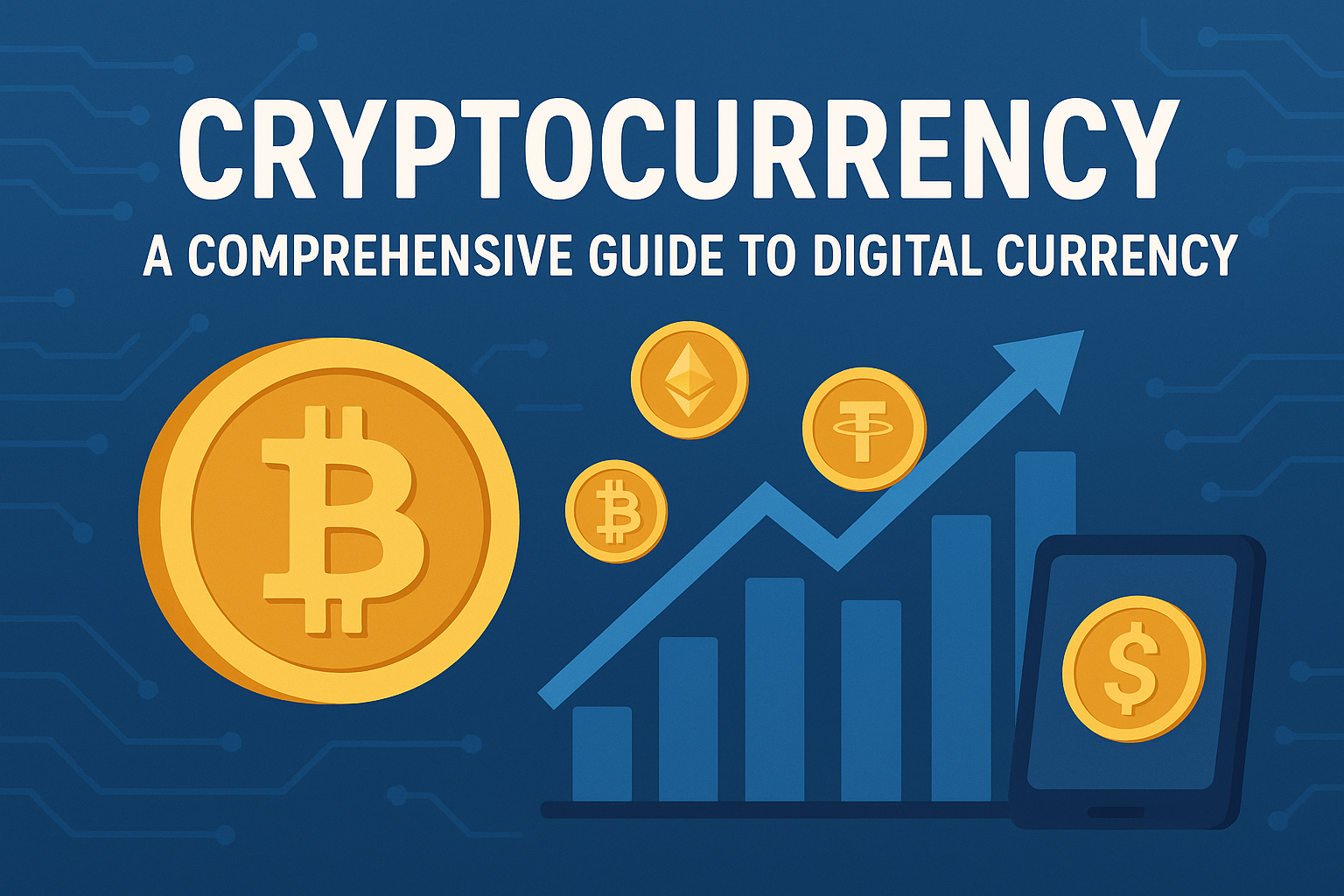Blggzz: Your Daily Dose of Insight
Stay updated with the latest news and informative articles.
Virtual Currency Trends: A Rollercoaster Ride in the Digital Landscape
Explore the wild waves of virtual currency trends! Discover insights and predictions that will keep you ahead in the crypto rollercoaster.
Understanding the Volatility of Virtual Currencies: What Drives Price Fluctuations?
Understanding the volatility of virtual currencies is essential for both investors and casual enthusiasts alike. Price fluctuations in cryptocurrencies like Bitcoin, Ethereum, and others are often attributed to a combination of factors. These include market demand and supply, regulatory news, technological advancements, and macroeconomic trends. For instance, when a major country announces favorable regulations for digital currencies, it typically boosts market confidence, leading to an uptick in prices. Conversely, negative news, such as government crackdowns, can precipitate sharp declines in value.
Moreover, speculation plays a significant role in driving the prices of virtual currencies. Many investors buy and sell based on sentiment rather than fundamental analysis, creating a volatile environment. Additionally, the limited supply of some cryptocurrencies can exacerbate price changes when demand surges unexpectedly. It's also worth mentioning that external factors, such as global economic conditions and technological vulnerabilities, can further influence the price volatility. Ultimately, understanding these elements is crucial for anyone looking to navigate the ever-changing landscape of virtual currencies.

Counter-Strike is a highly popular first-person shooter game that emphasizes teamwork and strategy. Players can engage in various modes, including competitive matches, where they can use a csgoroll promo code to enhance their gaming experience. The game's dynamic maps and various weapons offer endless possibilities for players looking to prove their skills against opponents.
Top 5 Emerging Trends in the Digital Currency Market for 2023
As the digital currency landscape continues to evolve, 2023 has unveiled several emerging trends that are reshaping how we view and interact with cryptocurrencies. One of the most significant developments is the rise of decentralized finance (DeFi) platforms, which are providing users with unprecedented access to financial services without intermediaries. This trend allows individuals to lend, borrow, and trade assets in a secure and transparent manner, potentially democratizing access to finance.
Another key trend is the integration of central bank digital currencies (CBDCs) into the mainstream economy. Governments around the world are exploring or piloting their digital currencies, aiming to enhance payment efficiency and streamline monetary policy. As CBDCs gain traction, they are likely to coexist alongside established cryptocurrencies, adding complexity and new opportunities to the digital currency market.
Are Cryptocurrencies the Future of Currency or Just a Passing Fad?
The debate over whether cryptocurrencies represent the future of currency or are merely a passing fad is gaining momentum as more people engage with digital assets. Proponents argue that cryptocurrencies offer a decentralized alternative to traditional fiat currencies, thus ensuring greater financial freedom and privacy. Unlike traditional currencies, which are subject to government regulations and economic policy, digital currencies like Bitcoin and Ethereum function on blockchain technology, promoting transparency and security. As public interest and institutional investment continue to grow, digital currencies are increasingly being accepted for transactions, suggesting a potential shift in how we view money.
However, skeptics caution that the volatile nature of cryptocurrencies raises questions about their longevity and practicality as a mainstream form of currency. Fluctuating values can discourage everyday transactions, as consumers may hesitate to spend their digital assets, fearing significant loss of value. Additionally, regulatory uncertainty and potential government crackdowns loom over the market, creating further doubt about the long-term viability of digital currencies. As the landscape evolves, it remains to be seen whether cryptocurrencies will solidify their place in our economy or fade into obscurity like many previous financial trends.